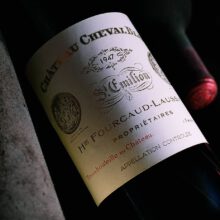
Product information
Château Cheval-Blanc 2021
Bordeaux Blend from Saint-Émilion, Right Bank, France, Bordeaux
$1,180
Description
“A terrific achievement, the 2021 Cheval Blanc is a blend of 52% Cabernet Franc, 33% Merlot and 5% Cabernet Sauvignon. Unfurling in the glass with aromas of raspberries and cherries mingled with notions of cigar wrapper, vine smoke, rose petals and violets, it’s full-bodied, layered and concentrated, with an elegantly muscular chassis of ripe, powdery tannin and lively animating acids. Long and penetrating, this is a serious, rather structured young Cheval Blanc that will require and reward patience.”
William Kelley, The Wine Advoicate 95-96 Points. AG 96-98 Points
*En-Primeur terms & conditions apply. Delivery expected late 2024.

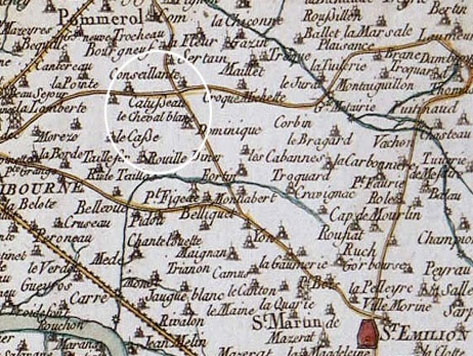
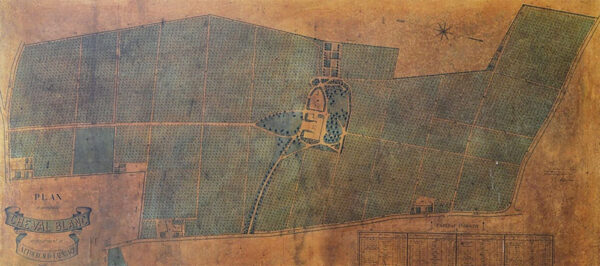 The most prestigious part of Cheval Blanc’s history can be said to date from 1832, when Jean-Jacques Ducasse, President of the Libourne Trade Tribunal, purchased the core of the present-day estate. Over the next twenty years, the purchase of plots belonging to Château Figeac led to the creation of the 39- hectare vineyard as we know it today. The configuration has remained practically unchanged. The marriage of Jean-Jacques’ daughter, Henriette, with Jean Laussac-Fourcaud, a Libourne wine merchant, opened a new chapter in the history of Cheval Blanc that would define and consolidate the identity of this unique property.
The most prestigious part of Cheval Blanc’s history can be said to date from 1832, when Jean-Jacques Ducasse, President of the Libourne Trade Tribunal, purchased the core of the present-day estate. Over the next twenty years, the purchase of plots belonging to Château Figeac led to the creation of the 39- hectare vineyard as we know it today. The configuration has remained practically unchanged. The marriage of Jean-Jacques’ daughter, Henriette, with Jean Laussac-Fourcaud, a Libourne wine merchant, opened a new chapter in the history of Cheval Blanc that would define and consolidate the identity of this unique property.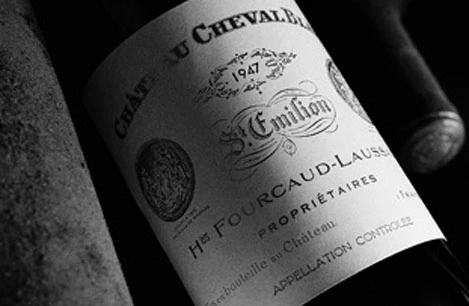
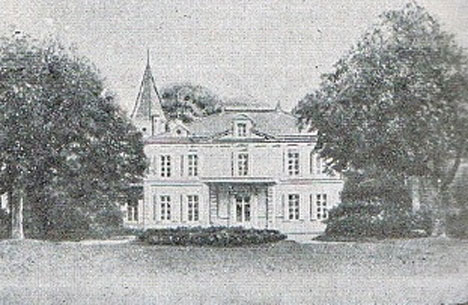
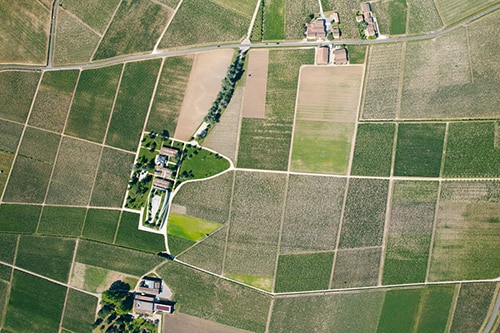



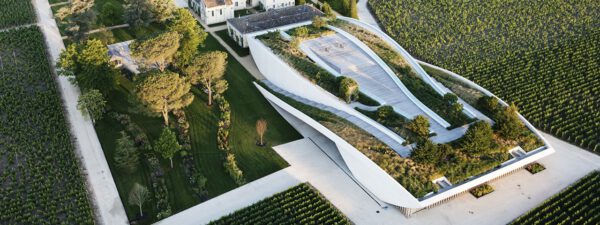
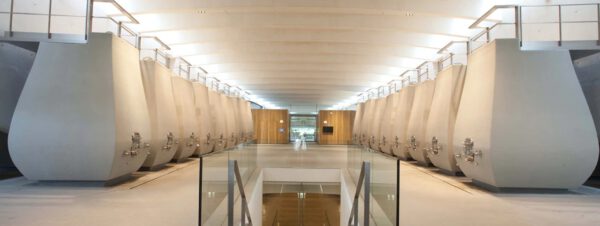
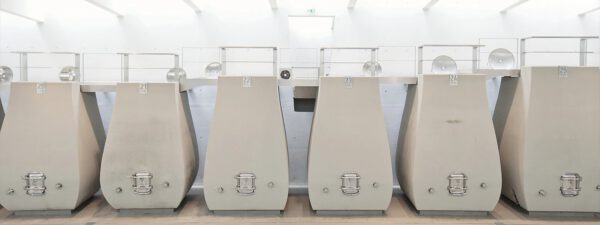
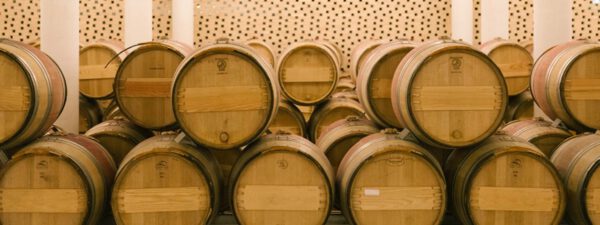
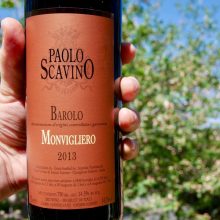
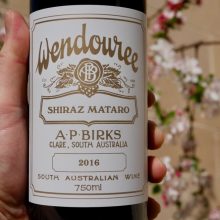
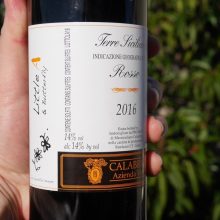
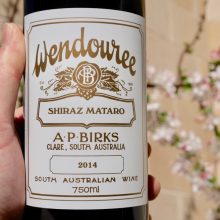
You must be logged in to post a comment.